or Travel Routers part 3
Yeah, that topic again. Are we flogging a dead horse?
Let's start with a bit of time traveling. Today my home network is - mostly - Ubiquiti's Unifi from end to end > and it's fucking HUGE. 1 Router, 15 Switches, 7 Access points and that's to say nothing for all the Protect and Access gear. But if I go back in time I churned my way through a conga line of shitty Netgear and Dlink routers eventually finding relative stability with the Billion 7800VDOX.
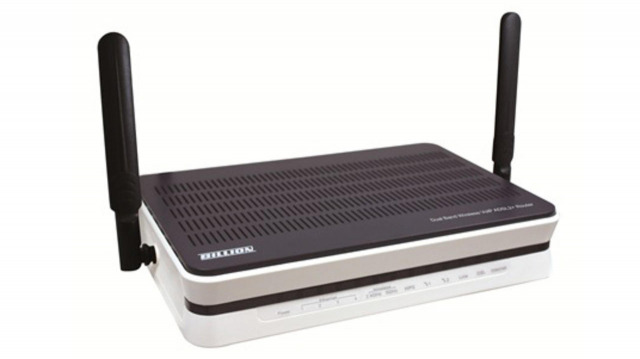
A small business router that offered me my first hint of a somewhat stable ADSL connection but like all ADSL routers it eventually grew more unstable with time.
I believe this was just a side effect of my shitty semi-rural phone line. We were on the very edge of even having an ADSL connection and over time each router just seemed to cook itself.
My experience with Netgear and Dlink routers however showed me the impact of crappy software. Daily reboots or crashes under load were the norm. I really wanted better. This was the start of my OpenWRT routing journey.
I had dabbled with OpenWRT and DD-WRT previously as part of my work to expand Wi-Fi around the property. Again, at this point I was living on a semi-rural property and the ability to configure a device to work as a Wi-Fi client and an access point was critical. Bundle with with the need for software stability and open source firmware became a must. It also seemed to be proof that many consumer routers seemed to be dropping the ball on software, not hardware.
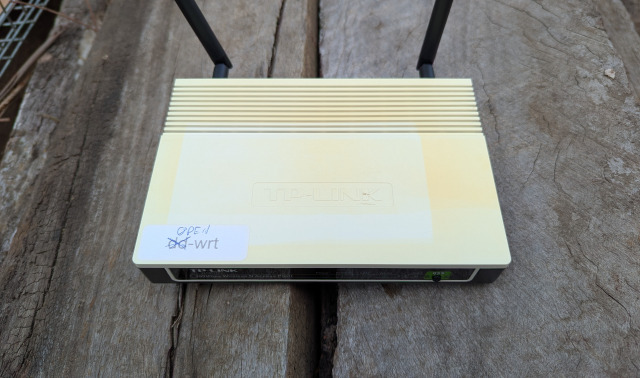
I found one in storage! Back then cheap TP-Link access points were my poison of choice.
As I was working to increase the speed of Wi-Fi around the property at the same time as using the Billion Router, I stepped up my wireless access points to the TP-Link TL-WR2543ND, three to be exact. I was loving OpenWRT as a platform for access points, the issue with ADSL routers was that OpenWRT did not play nicely with the proprietary modem hardware packed into them. So my first project was to change to a dedicated ADSL modem with support for bridge mode and then move routing to hardware (one of the TL-WR2543NDs) running OpenWRT - STABILITY!
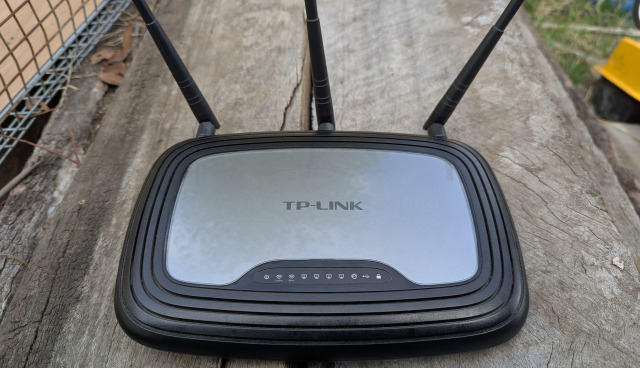
Finally I was flying along - I had dedicated cheap modems that could be replaced any time they were cooked by my shitty phone line and I had the software stability of OpenWRT. This is where I first tried out some Ubiquiti hardware, their hardware was very hackable and top quality. Funnily enough I liked their airOS operating system so much that after trying it on OpenWRT I went back to airOS. Not as a router OS, but as an access point OS. Ubiquiti's spectrum analyser rocks.
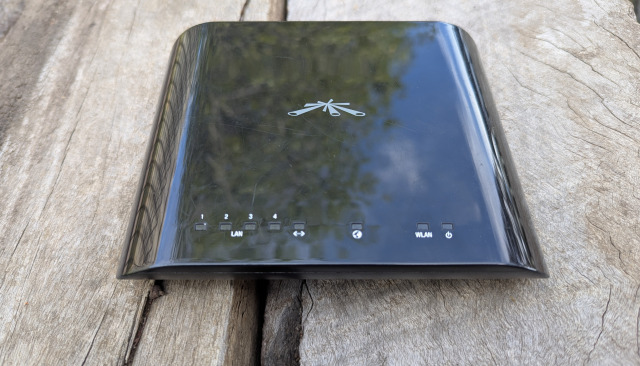
My last OpenWRT router was a Linksys WRT1200AC a miniature power house that did the job as my demands grew but before my eventual full switch to a Unifi setup.

OpenWRT also powered some projects for me. The Swiss Army Knife of OpenWRT projects was the TL-WR703N. A tiny (we're talking 150% the size of a match box) router that could run OpenWRT and with a USB port handy could be applied to almost any project. Oh and it was super cheap. It was billed as a travel router - I didn't quite get it, why do you need a router to travel. At that point in time ubiquitous Internet just wasn't an expectation. That thinking aged like old milk.
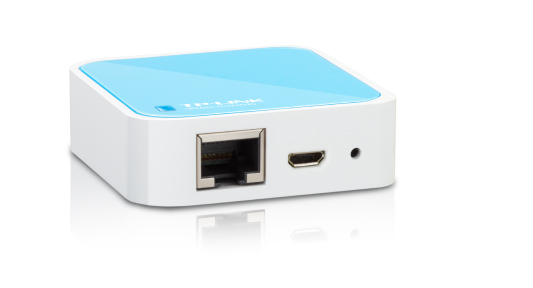
I had so many of these. Now rather embarrassingly I can't find one, so here's a stock photo.
Eventually I DID need to travel and I DID want fast Internet so I cast a wider net, and discovered GL.inet pocket sized travel routers that shopped with OpenWRT out of the box including baked in support for various USB Modems. It ticket all the boxes. The one that I started with was the GL.inet GL-MT300N-V2 better known as Mango.

I actually found this photo of Mango from 2020
What a little beast, it did everything and I loved it. I still keep it in its plastic wrapping when it's not being used so it looks brand new, there's something just satisfying about that bright yellow case.

Eventually the limits of 2.4GHz Wi-Fi just became too restrictive, so I decided to try ROOTer, a derivative of OpenWRT that was built with simpler USB Modem support baked in. To run this I gravitated to the TL-WR902AC the big brother to the TL-WR703N with dual band support.
Dual band, compact size, the TL-WR902AC ticked all the boxes except that as much as I love OpenWRT, I've been spoiled by GL.inet's UI wrapper sitting over the top. So back I went.
For travel purposes my next two routers were the GL.inet GL-AR750S-EXT - what a mouthful, thank goodness it's short name is Slate. Slate is where my travel router game started to get serious - dual band, support for all kinds of internet connection, all forms of VPN support and fast. These are possibly the most unstable units I've experienced with GL.inet unfortunately as they tend to get quite warm and don't like the heat - airflow is a must.
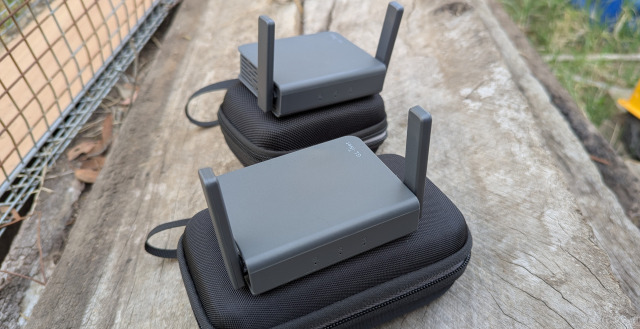
The next two routers that entered the ring were the GL-MV1000 and GL-MT2500 (or Brume and Brume2). These were shamefully underutilised because I never used them as routers. They have more than enough grunt to run my whole network but at this stage I had moved the whole network to Unifi. The Brumes took up residence as my local VPN servers, accepting incoming traffic while my travel routers are out and about. The Brume 2 was still pulling this duty up until recently as Ubiquiti's Wireguard and OpenVPN support on their Unifi devices has matured to the point that I no longer need stand alone hardware for this purpose.


The next travel router on my journey is the GL.inet GL-MT1300 (Beryl!), a change to chunkier pocket routers (cargo pocket maybe?) from GL.inet but an essential travel device none-the-less. The size change has helped arrest the thermal issues the Slate had, so I'll accept it.
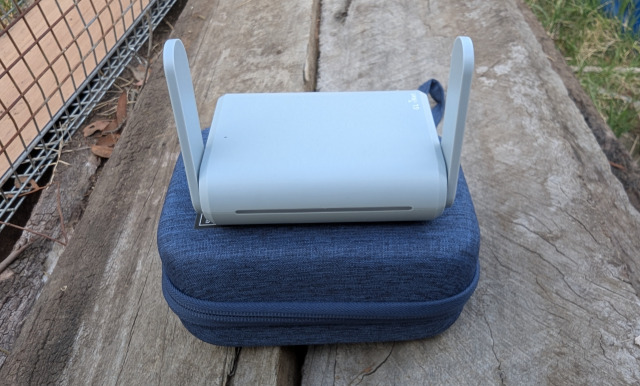
We wrap up my GL.inet journey and my most recent device running OpenWRT the GL-AXT1800 also known as the Slate AX. A Wi-Fi 6 unit that has traveled with me time and time again. It features in both my other posts about travel routers - it has even shown up in other posts. It's the unit I'm using right now to post this as I'm away for a few days in Halls Gap.

This looks more artsy than I expected. I swear I just popped the router in the middle of the shelf.
The future sees the use of travel hardware for secure fast connectivity evolve, I have a pre-order down for the GL.inet GL-BE3600 (Slate 7). As the name implies it's a Wi-Fi 7 router, a step up in overall speeds, a change to USB-PD power and ads a touch screen for simpler operation. Now as I'm building a business the need for reliable travel hardware becomes all the more critical.